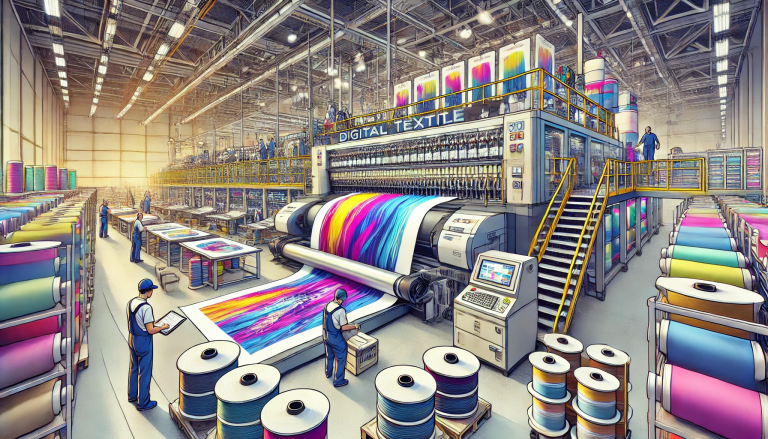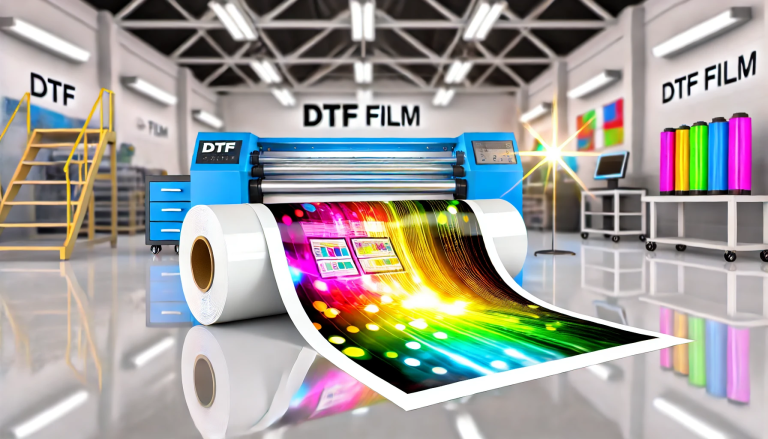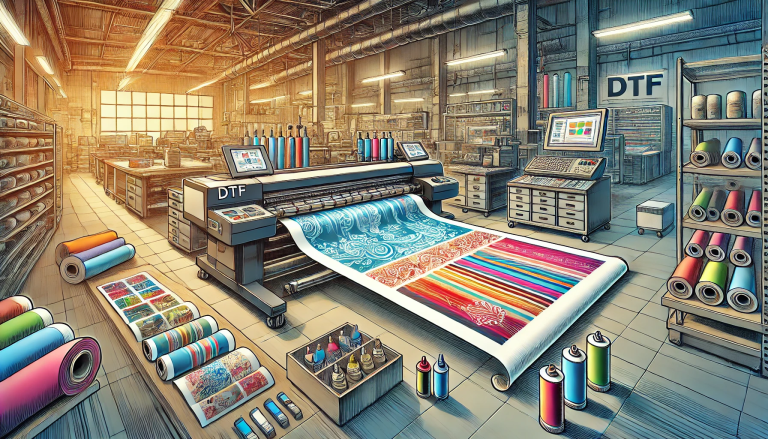“How to Direct to Film Print: A Journey from Digital to Celluloid” -MAXDTF- UV DTF Printing Paper Supplier, China UV DTF Transfer AB Decal, Made in China
In the age of digital media, the traditional method of directing to film print, also known as celluloid, has become a rarity. However, there’s an undeniable charm and timeless beauty that celluloid brings to the world of cinema. It captures textures, light, and mood in ways that are often distinct from the digital realm. For filmmakers aspiring to embark on this vintage journey, let’s unravel the process of directing to film print.
1. Understanding Film Print:
Film print is a physical strip of celluloid with frames that pass through a projector at a consistent speed, usually 24 frames per second. Each frame holds an image, and when projected rapidly, it gives the illusion of motion.
2. Choose the Right Film Stock:
Different types of film stock can capture different textures and moods. For instance:
- 16mm: Offers a grainy look. Great for indie films or a more nostalgic feeling.
- 35mm: Standard for most movies. It offers more detail than 16mm.
- 70mm: Very high resolution. Perfect for grand epics with a vast scale.
3. Planning Your Shots:
Directing for film demands discipline and precision, mainly because film stock is expensive. Storyboarding becomes critical. Every shot should be meticulously planned to make the most out of each film reel.
4. Directing On Set:
When directing on set, be aware of:
- Film’s Duration: Film reels have limited runtime (typically 11 minutes for a 1,000-foot reel of 35mm). Always be mindful of how much you’ve shot.
- Exposure: Unlike digital where you can see immediate results, film requires a keen understanding of light and how it affects the film stock.
5. Post-Production:
- Film Developing: After shooting, the film needs to be developed in a darkroom or lab.
- Editing: Once developed, the film is edited using a flatbed editor or a similar device. You physically cut and join film strips.
- Color Grading: This can be done using techniques like color timing in labs or by scanning the film and color-correcting digitally.
- Sound: Traditionally, sound was recorded separately and then synced with the film during editing.
6. Printing and Projection:
Once the final edit is ready:
- Creating a Print: The edited film is used to create a ‘positive’ print.
- Projection: Ensure that theaters or screening rooms you’re using have the appropriate projectors for your film gauge.
7. Digital Backups:
While the goal is to direct to film print, it’s essential to have a digital backup. Once your film is developed and edited, it’s wise to scan it and store it digitally.
8. Challenges:
- Cost: Film stock, developing, and printing are expensive.
- Delicate: Film can be easily damaged or degrade over time.
- Limited Availability: With the decline in demand, finding labs and supplies can be challenging.
9. Benefits:
- Aesthetic Appeal: Many believe that film offers a unique warmth and depth unmatched by digital.
- Physicality: There’s a tactile sense of creation with film. It’s a tangible product of your art.
10. Celebrate The Experience:
Directing to film print is a unique experience, merging old-world techniques with new-age storytelling. It’s not just about making a film but cherishing the journey of filmmaking.
In Conclusion: Directing to film print is a challenge that offers a reward in the form of a unique cinematic look and a sense of accomplishment. For those willing to embrace this medium, the blend of celluloid’s allure and the magic of storytelling can create masterpieces that stand the test of time.





